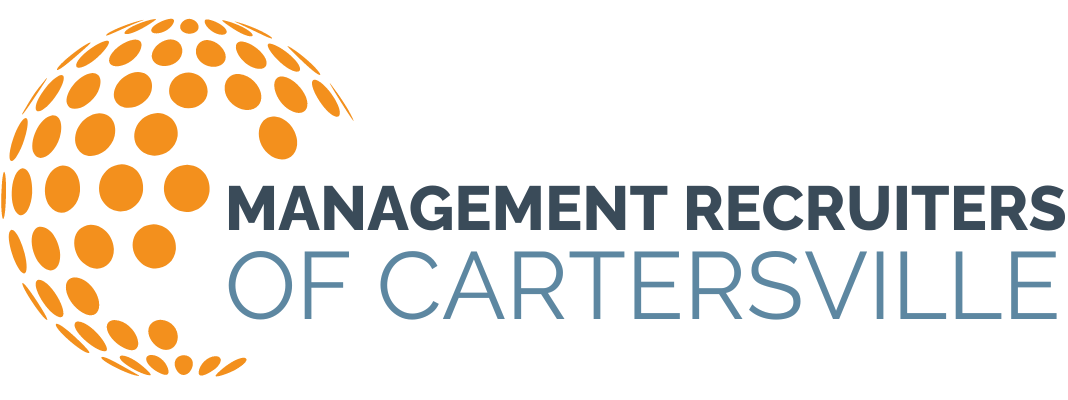4 Ways to Update Your Hiring Strategy This Year
The new World of Work has compelled companies to take a fresh look at the way they do just about everything. And in the course of making necessary adjustments, they’ve come away with insights that will prevail well after the crisis has passed. From how they schedule meetings and manage teams to how they fill open positions and promote their culture, they are adjusting to the demands of the hybrid workforce.
“Remote working on a large scale and the evolving hybrid workplace are uncharted territory for most companies,” says Bert Miller, President and CEO of MRI. “But we are already seeing signs that business leaders are learning from the experience and pivoting in the direction of strategies that will successfully move them forward.”
Miller outlines four ways leaders can optimize their talent attraction and retention strategies for the new World of Work:
Clarify Job Descriptions
Job seekers are looking for security and safety, which often translates into work-from-home opportunities. “When you’re writing a job spec now,” says Miller, “the scope of telecommuting should be clearly outlined. Whether you’re looking for people to fill remote, hybrid, or in-office roles, be clear from the first touchpoint. Communicate expectations for the position and outline what you’re doing to keep your team safe and supported. You’ll build trust in the company and increase the likelihood that strong candidates follow through with the entire recruitment process.”
Update Priority Skill Sets
Recruiters and hiring managers are already closely monitoring the traits in employees that will determine long-term hybrid success — but those key traits are shifting as the World of Work moves increasingly online. “You need people who can communicate well and maintain a team approach even when they’re not able to be together in a communal setting,” explains Miller. Remote working requires discipline and a proactive, self-motivated approach — something all workers don’t necessarily possess. When reviewing candidate resumes, Miller suggests that it can be helpful to determine if candidates have worked remotely in the past, perhaps on interim assignments, and how successful they were in those situations.
Implement Digital Hiring Practices
As companies look to fill open positions, recruiters and hiring managers are turning to digital hiring tools to make the most effective decisions, including programs used to facilitate pre-hire assignments and virtual interviews. “Digital, remote-ready recruitment and candidate screening tools were in use before the pandemic, but now they can help you even more effectively seek out and engage talent,” says Miller. “Properly applied, they can also cut down on time-to-hire and encourage enduring employee satisfaction.” He points out that digital hiring and remote work eliminate geographic restrictions, giving companies access to a larger and more diverse talent pool than ever before.
Identify Reskilling Opportunities
The pandemic has accelerated the need for employees to undergo reskilling in order to meet the demands of our new World of Work. “It’s up to leaders to help their hybrid employees adopt the technologies they need to drive productivity by prioritizing their reskilling efforts,” says Miller. These may include company-wide training sessions on specific tools, individually selected courses, or one-on-one mentoring. There’s an added responsibility for managers to pay close attention to how their people are faring, including from a professional development standpoint, and to anticipate their needs before problems arise.
Flexibility and resilience are paramount in adapting to change. The companies that not only adapt to the new World of Work but also learn from it and improve upon their old ways of doing things are the ones that will survive, prosper, and grow.
